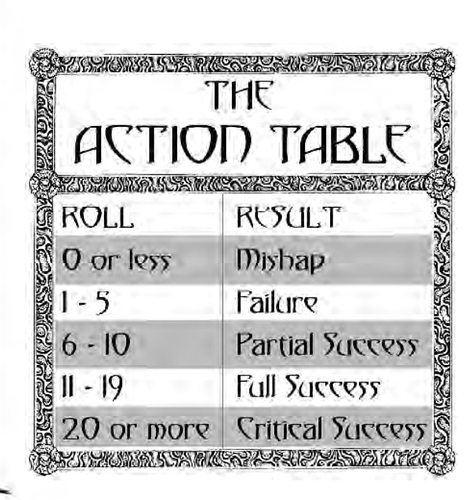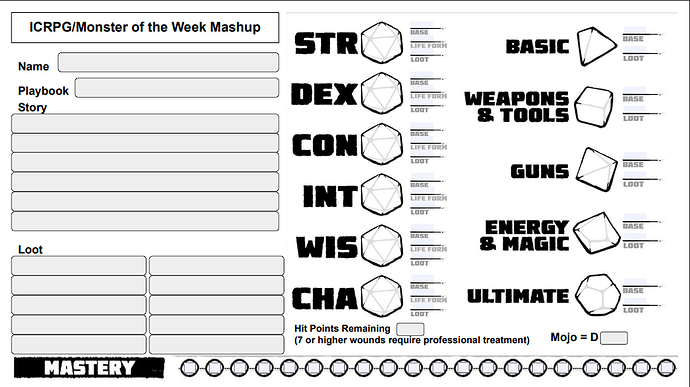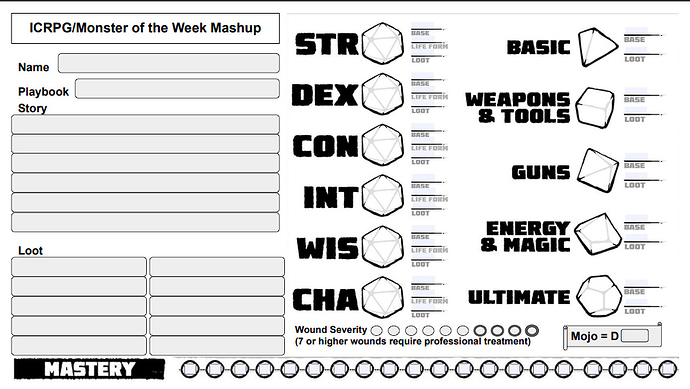After writing a bunch of DW content, I came to the conclusion that MOVES are very very fun to write and horribly cumbersome to PLAY. The specifics are so cool when imagined, and so annoying to reference in the heat of battle.
As for RESULTS, I found there was too much chin scratching at the table for what those mixed results could be. It’s hard enough for me to provide cool binary descriptions, much less invent new variables every other turn.
All that said, DW is a brilliant read and case study in innovative thinking, and I think all RPG designers should give it a go-through.






